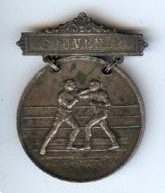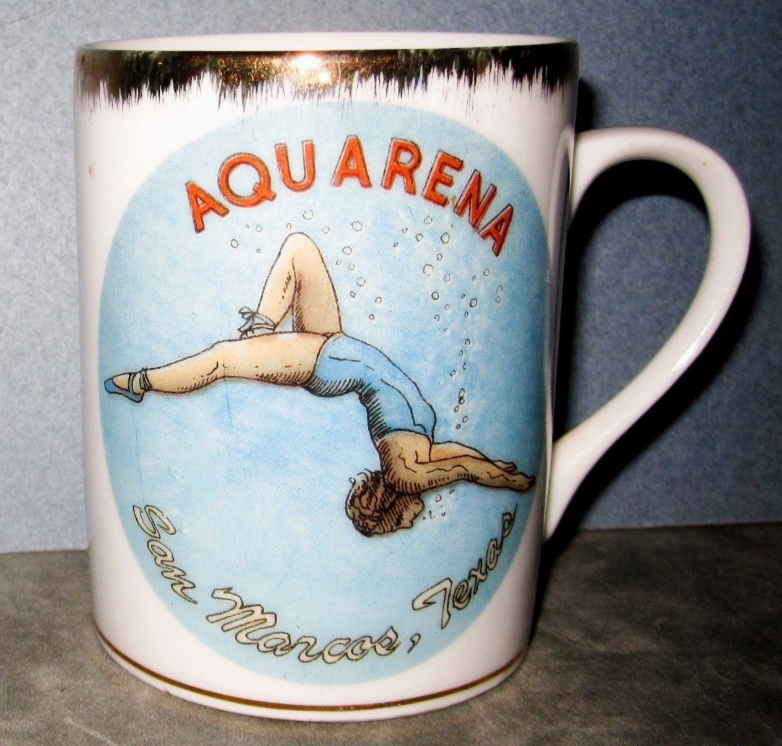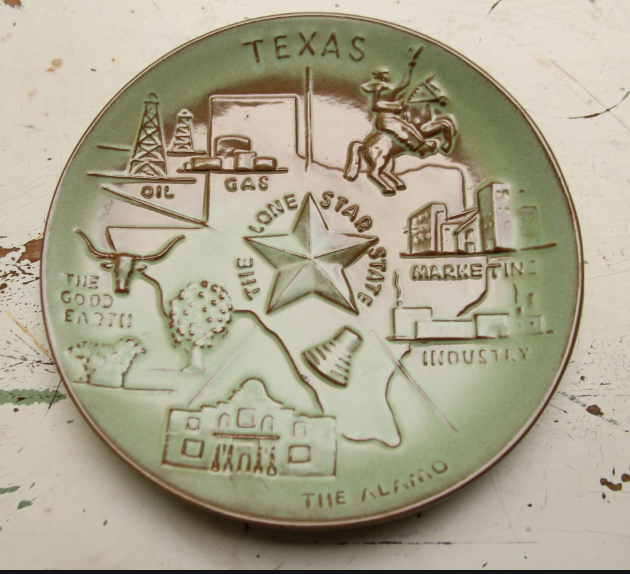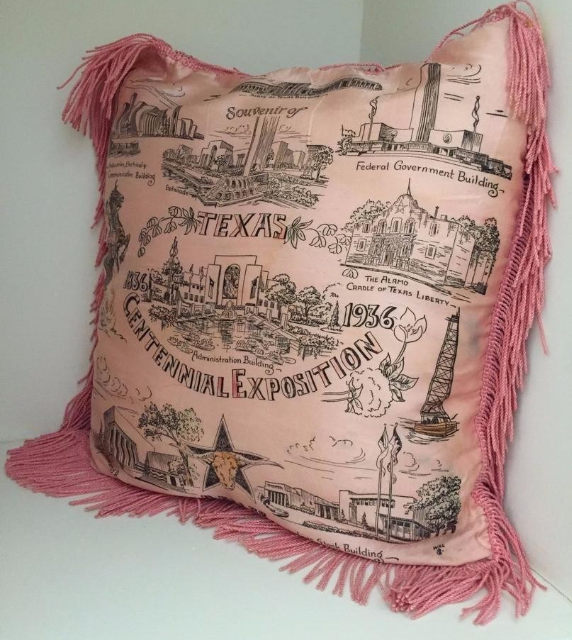I’m fascinated by Texas souvenirs. They say a lot about both the place and the visitor. They show us how Texas and Texan communities wanted to be remembered, and they show how visitors wanted to remember their visit.
Here is a souvenir from the dedication of the capitol in 1888. Hope whoever had this didn’t take it for granite.

This El Paso souvenir was produced for the scheduled 1896 prize fight between Bob Fitzsimmons and Peter Maher which never took place.

A vintage remembrance of Aquarena Springs. RIP Ralph.

They sold a lot of these at San Jacinto over the years. Maybe you have one.

No one reading this remembers the Bay Side Inn in Rockport. It was a storm victim a century ago.

Charm bracelets have always been popular souvenirs. This is from the Centennial Exhibition of 1936 and is particularly nice.

Here’s relic from before the Great Storm of 1900, when the Port of Galveston was second only to New York.

This is a fine souvenir from the very first Texas State Fair, held in 1886.

The Meyer Pottery in Atascosa started producing utilitarian stoneware in the 1880s. By the 1930s, stoneware jugs and crocks had given way to glass bottles and jars. The Meyers then took to creating colorfully painted souvenir ware which was sold across the state.

These plates made by Frankoma were popular from the 50s through the 70s. Souvenir plates were popular for almost the entire twentieth century. They ranged from the kitschiest kitsch to the finest of fine china.

If you visited Galveston in the 1890s, you might have returned with a nice shell for Mother.

Handkerchiefs were popular souvenirs when people still carried them. Camp Logan was a WWI training facility just outside the Houston city limits at the time. It is now Memorial Park.

Another centennial souvenir. Pillows and pillow shams were popular souvenirs from the 1920s through the 1950s.

This old cup and saucer from Beaumont features the Lucas Gusher at Spindletop.

Here’s a beautiful sterling silver Alamo souvenir. Like plates, spoons were produced in every price range.

This is what’s on the back.

Categories: Texas Culture, Texas history
